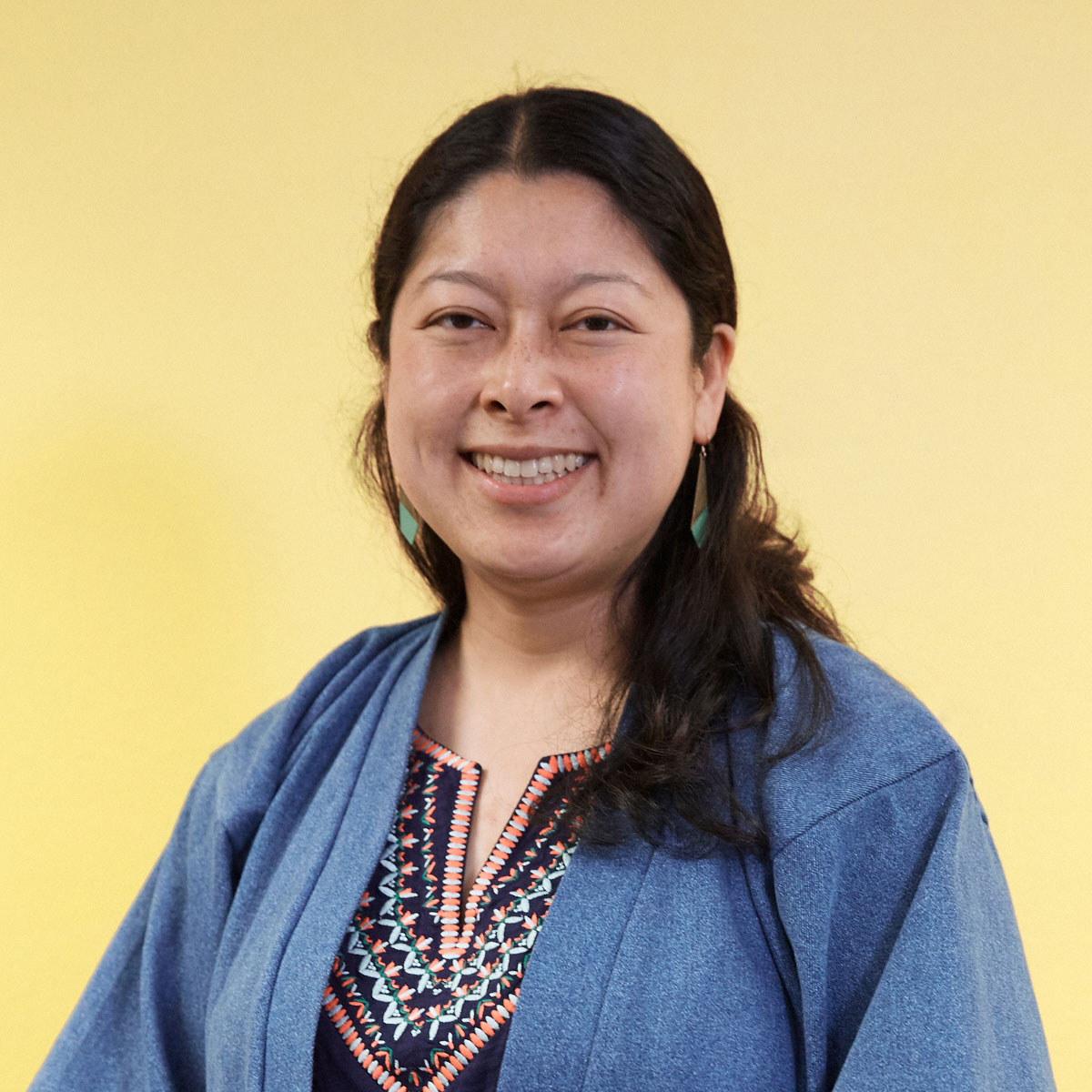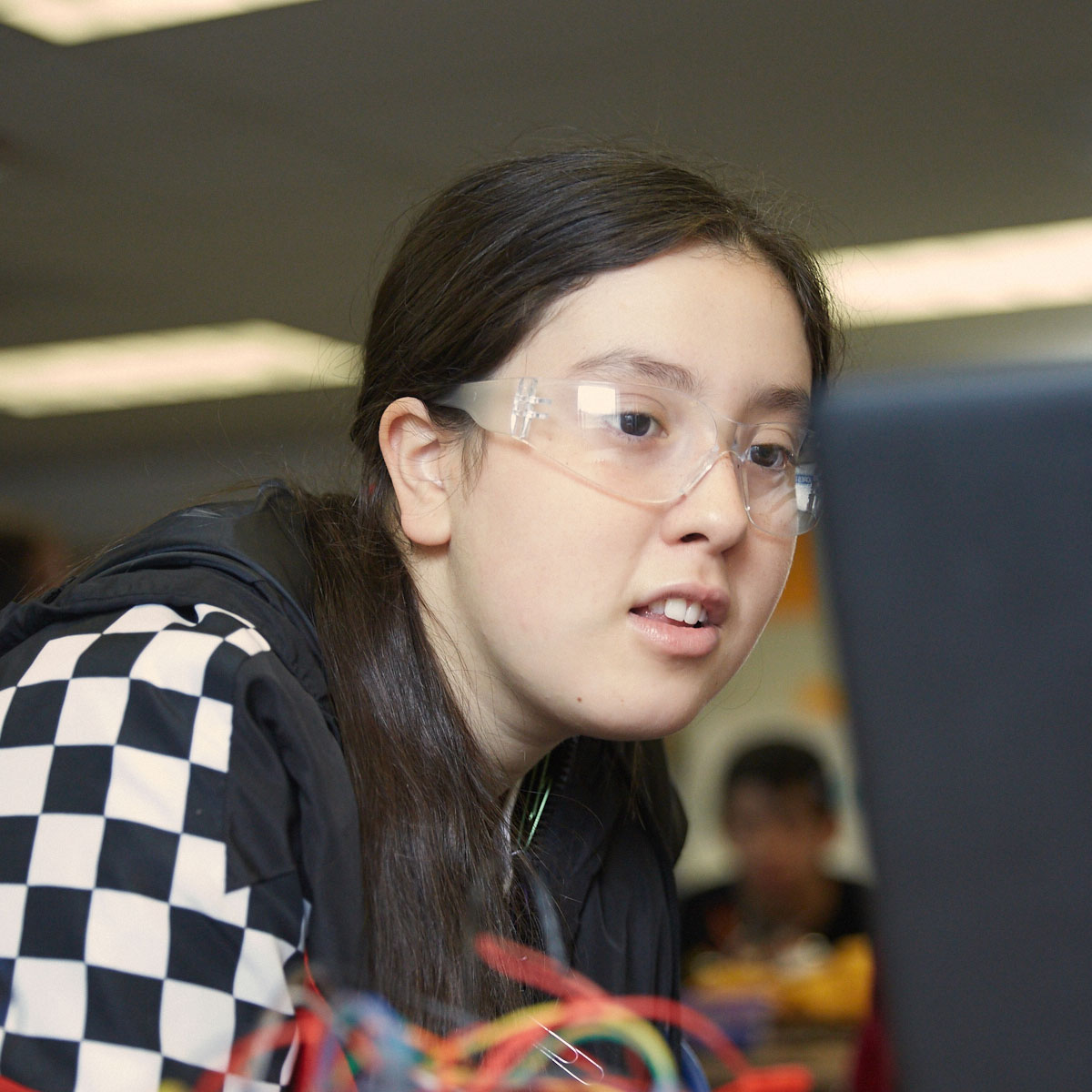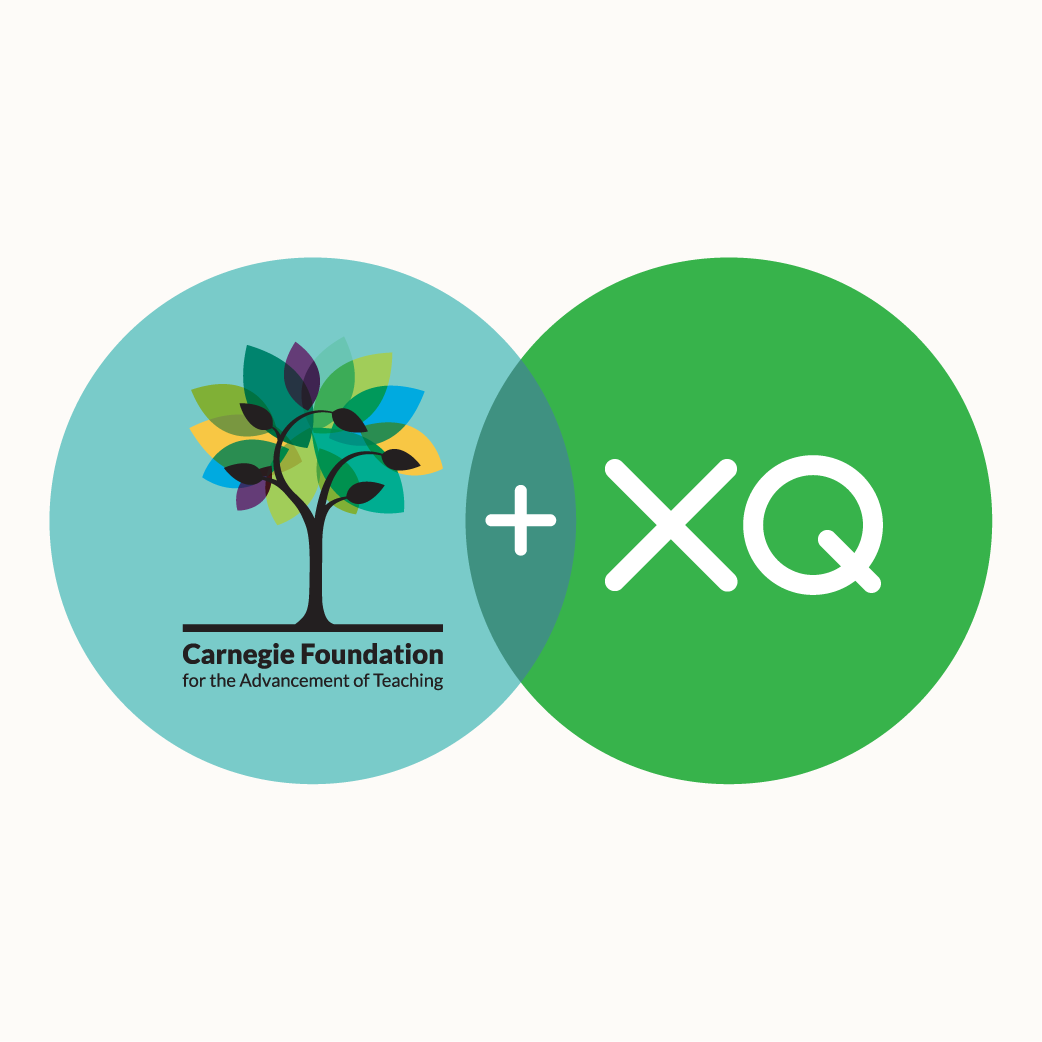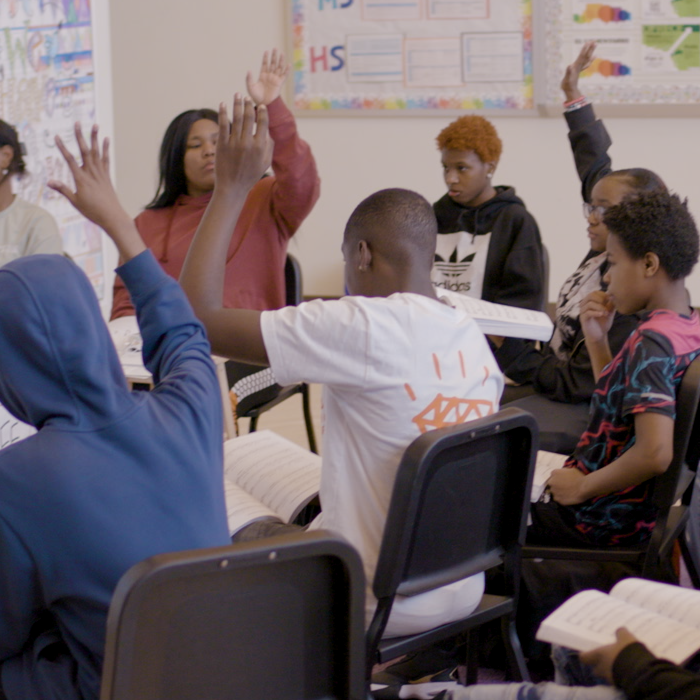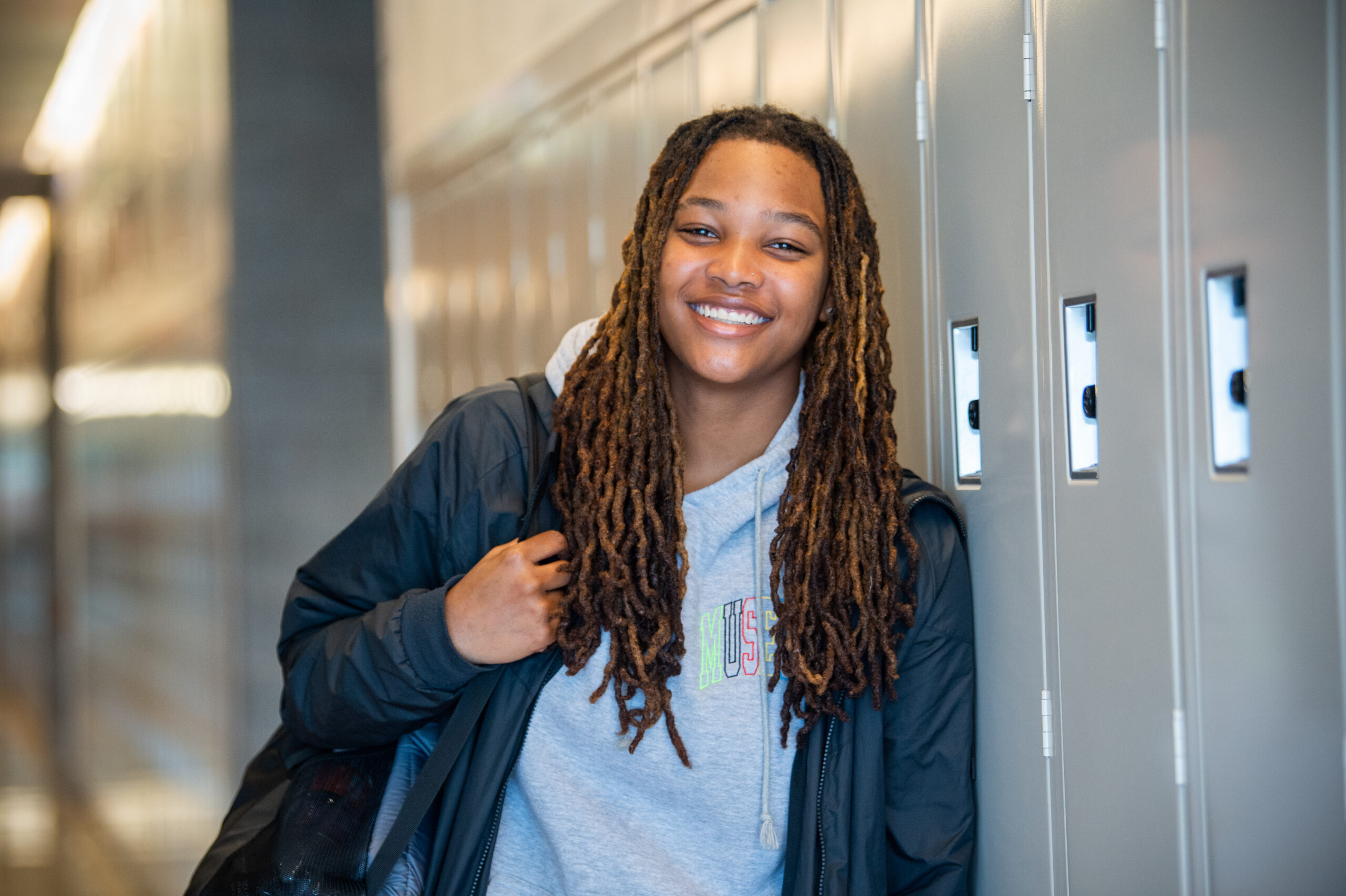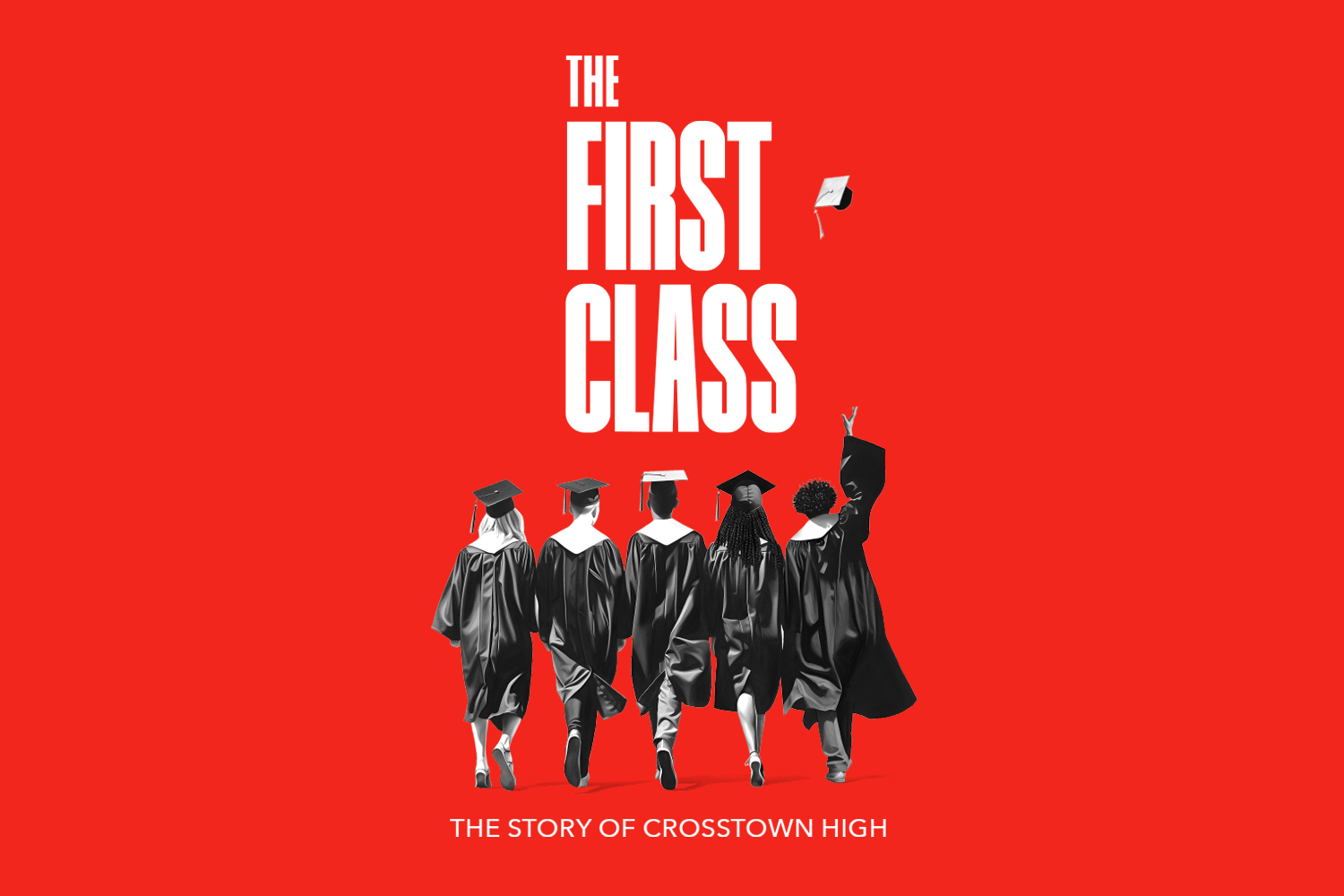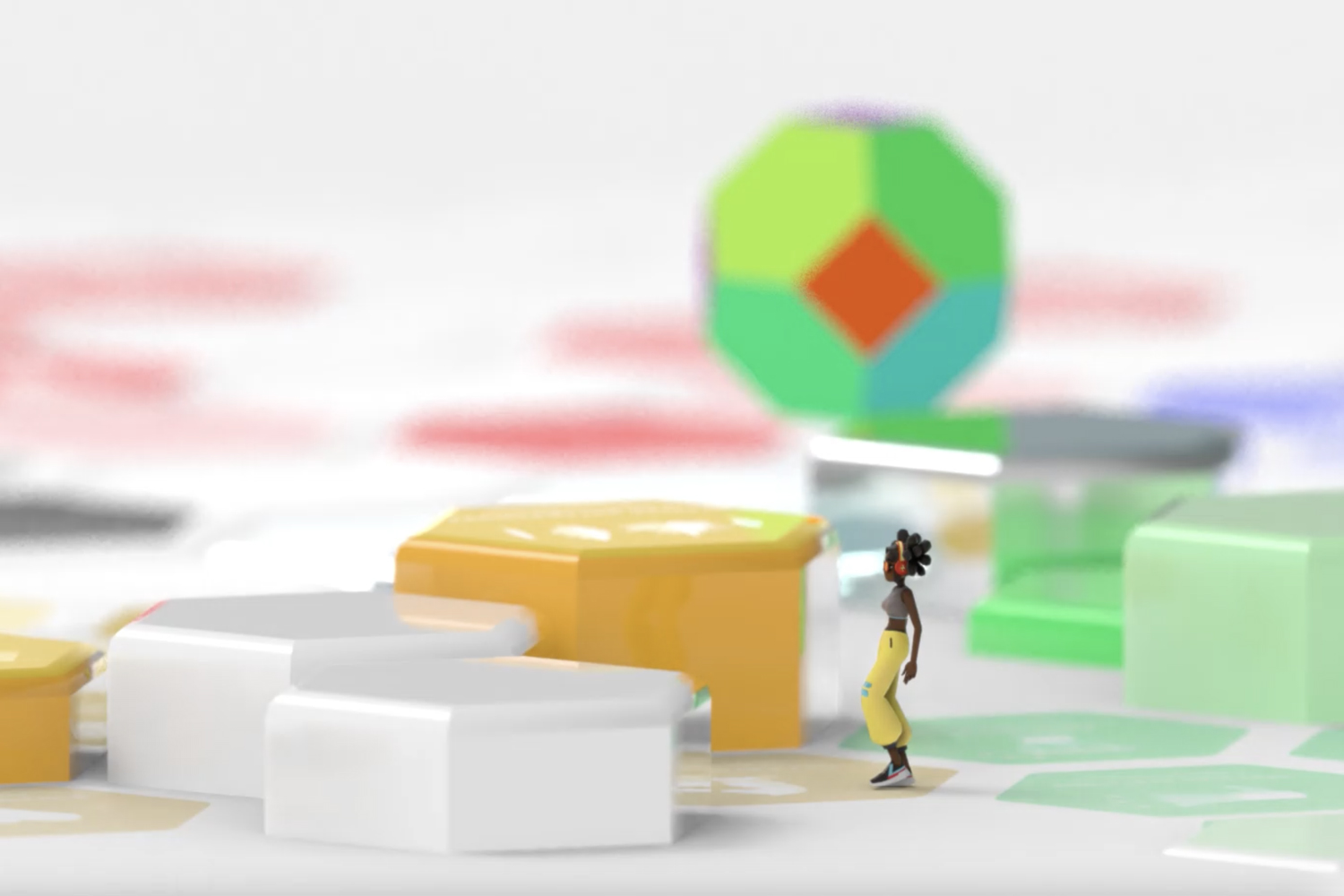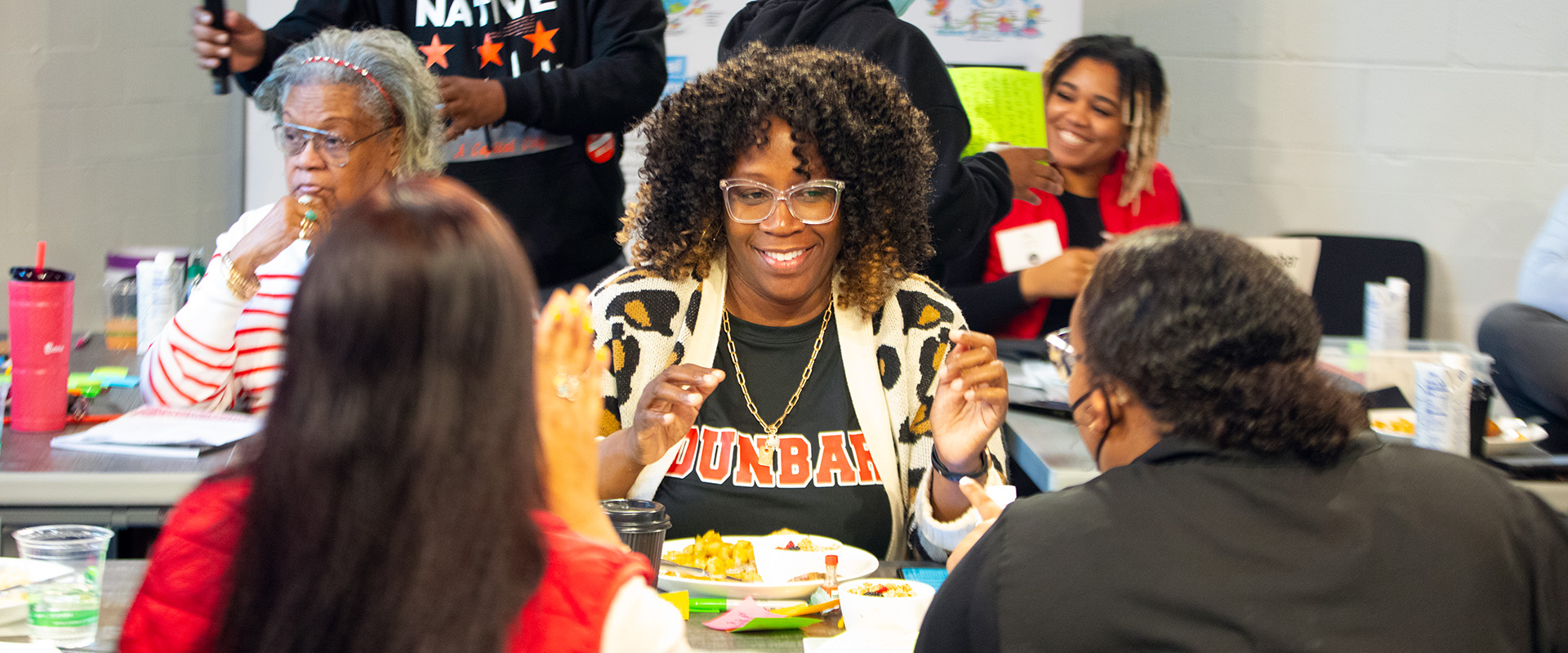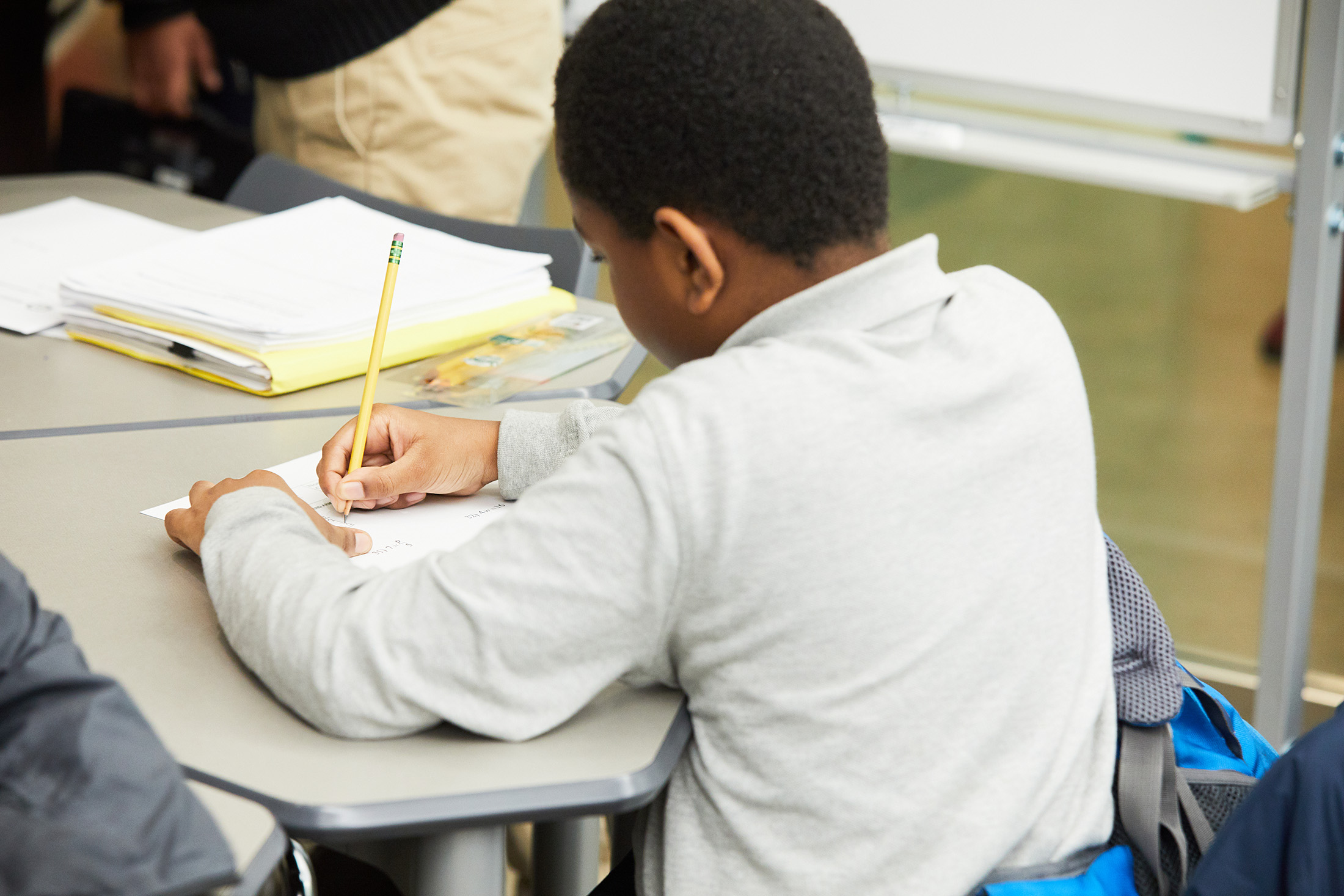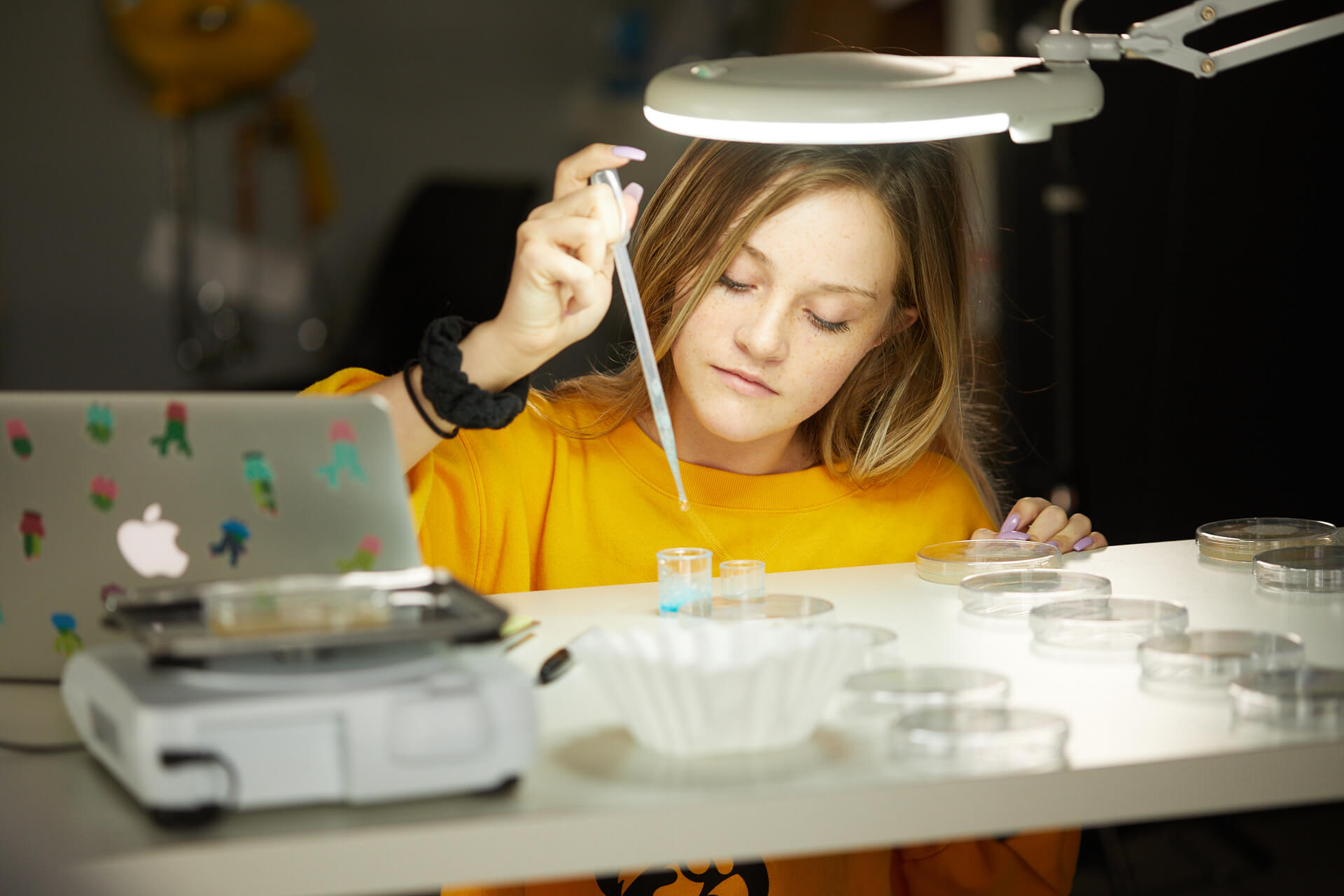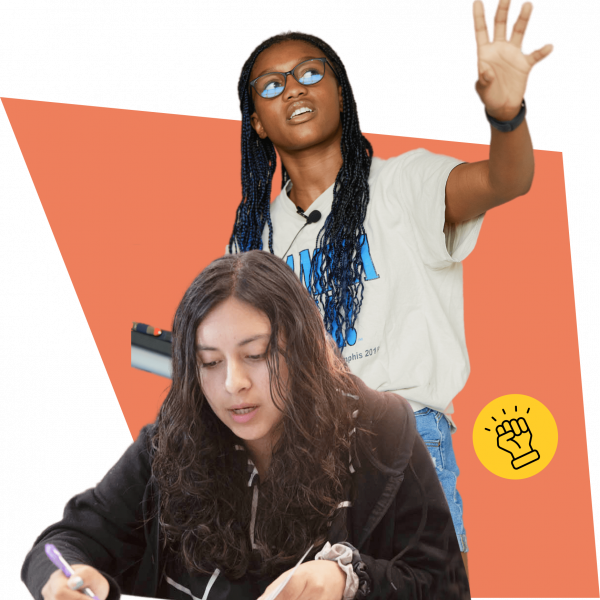Latitude High School
Oakland, California
Oakland is their home. The Bay Area is their extended classroom.
Latitude High School provides a dynamic and innovative approach to high school education through academically rigorous, hands-on learning experiences that set high standards for students and equip them with practical skills to succeed in college, career, and beyond. Through extensive research and community engagement, the team designed a place- and project-based learning environment that emphasizes real-world experiences, valued skills, and deep connections to Oakland and the surrounding Bay Area communities.
At Latitude, students spend a significant portion of their time outside the classroom, visiting local companies, meeting with mentors, designing their businesses, and interviewing experts to create projects such as podcasts. Through various Extended Learning Opportunities (ELOs) in the Bay Area, students shadow and intern with professionals across a wide range of fields, gaining exposure to the variety of career options available to them. Personal growth and strong relationships with trusted adults are at the core of the Latitude philosophy, as students work closely with mentors to co-create an education plan aligned with their academic and life goals.
Latitude’s cross-curricular studios and workshops blend traditional academic disciplines with design thinking and social-emotional learning, allowing students to acquire the creative confidence they need to thrive in the knowledge economy. Latitude graduates emerge with a mastery of a robust set of competencies that will enable them to become confident leaders prepared for college and careers.
Design Principles in Action
Learn how Latitude High School applies these XQ Design Principles to sustain student success:
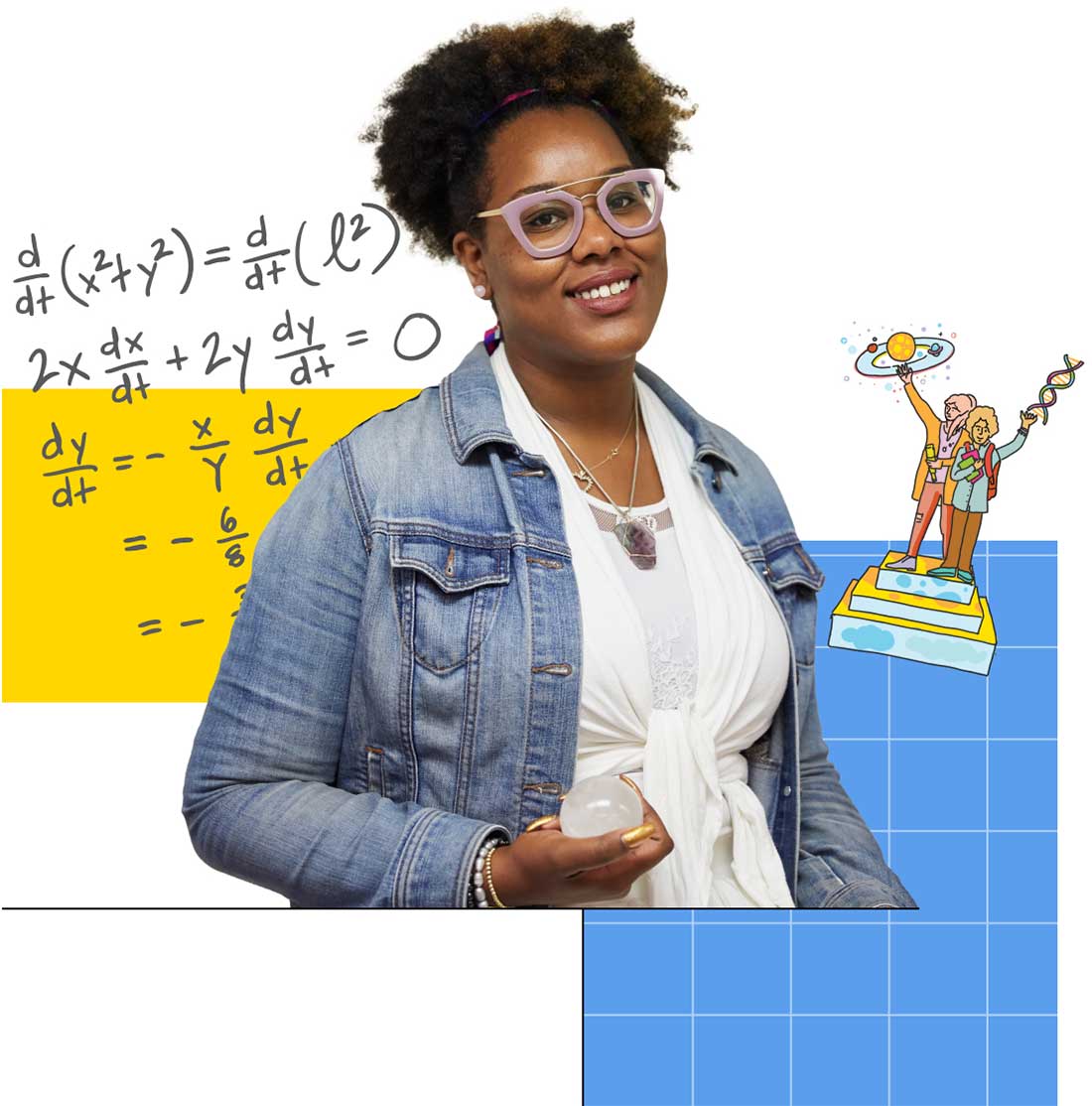
Strong mission and culture
The culture of Latitude is focused on elevating students’ sense of agency, and the mission is to expand students’ horizons by allowing them to see how learning prepares and transforms their opportunities in the real world. Extended Learning Opportunities are a cornerstone of the Latitude experience. They connect students throughout Oakland and its surrounding communities. Starting in 9th grade, students visit over ten workplaces yearly to ignite their career interests and collaborate with professionals on real-world projects.
Meaningful, engaged learning
Through three cross-curricular studios, students at Latitude engage in authentic, real-world projects and learn how to problem-solve their communities’ issues. In the humanities studio, students step into the shoes of journalists, historians, and ethnographers to dig into the stories and culture of Oakland by developing the habits of inquiry and methods of research underlying these professions. Students work with designers and engineers in their science studio to discover, design, and deliver solutions to support Oakland’s technological needs. In the design studio, students develop innovative solutions to authentic community challenges by practicing architectural and engineering mindsets by building and testing prototypes. During their workshop time, students work on building their research, reading, and writing skills to prepare them for college and beyond.
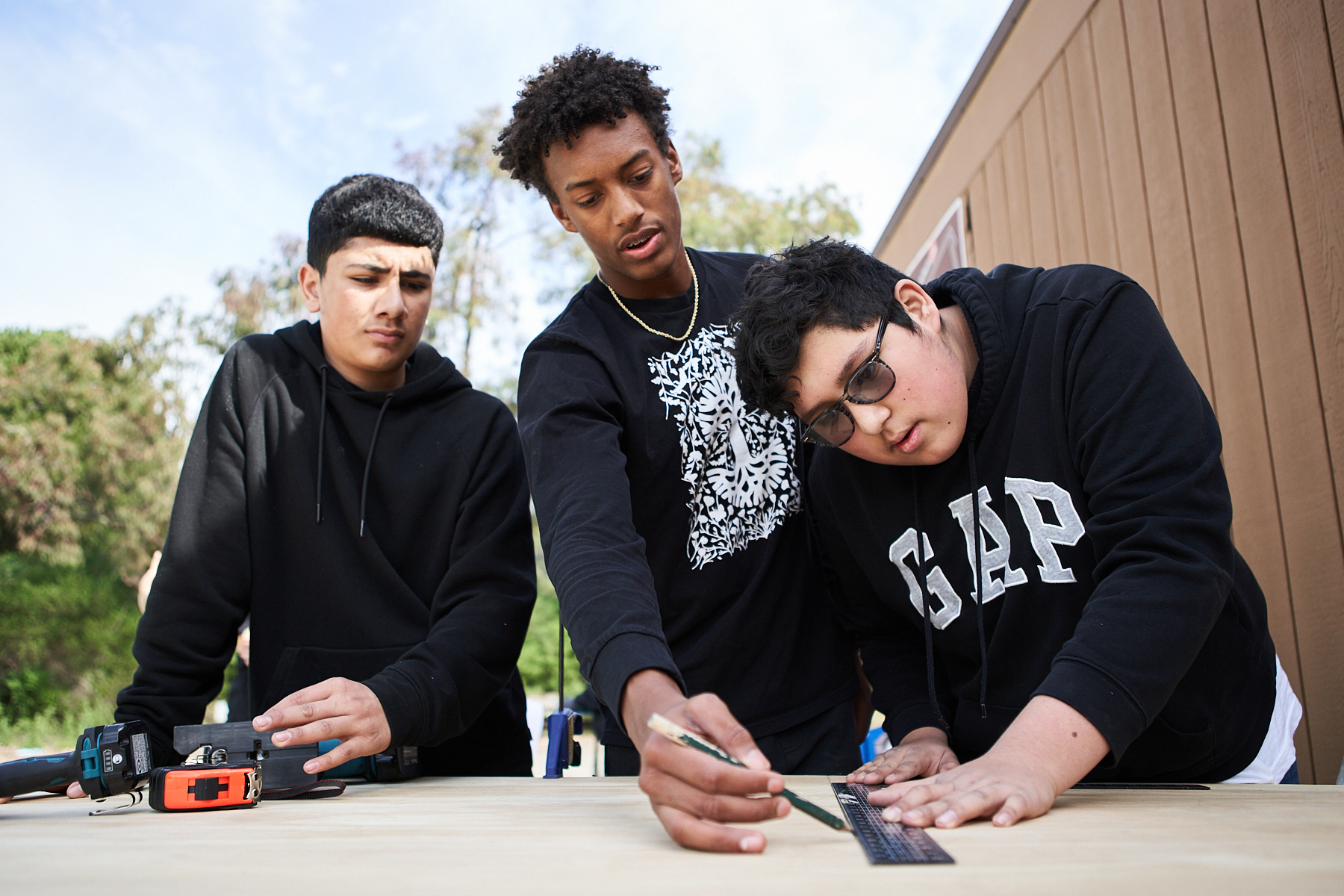
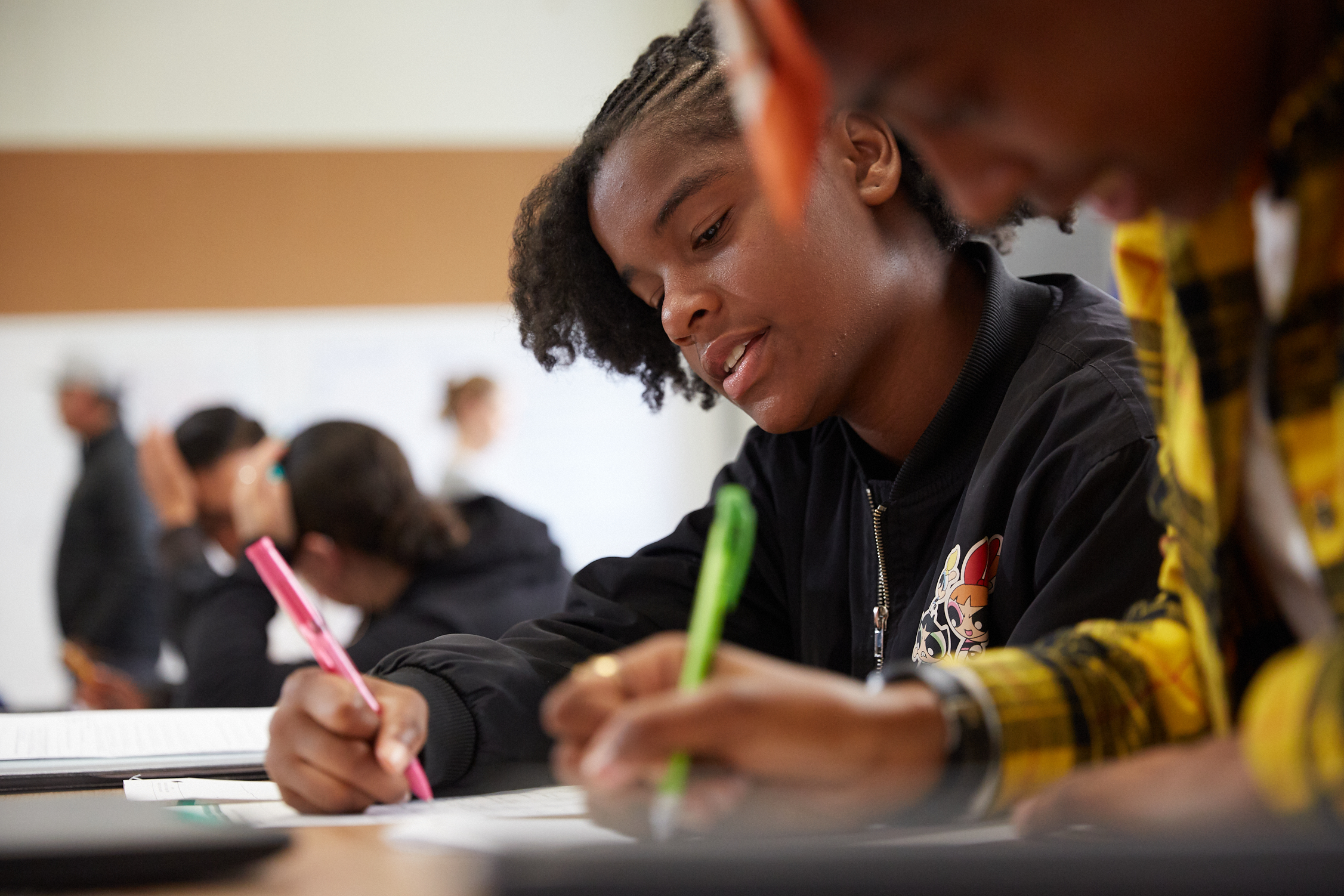
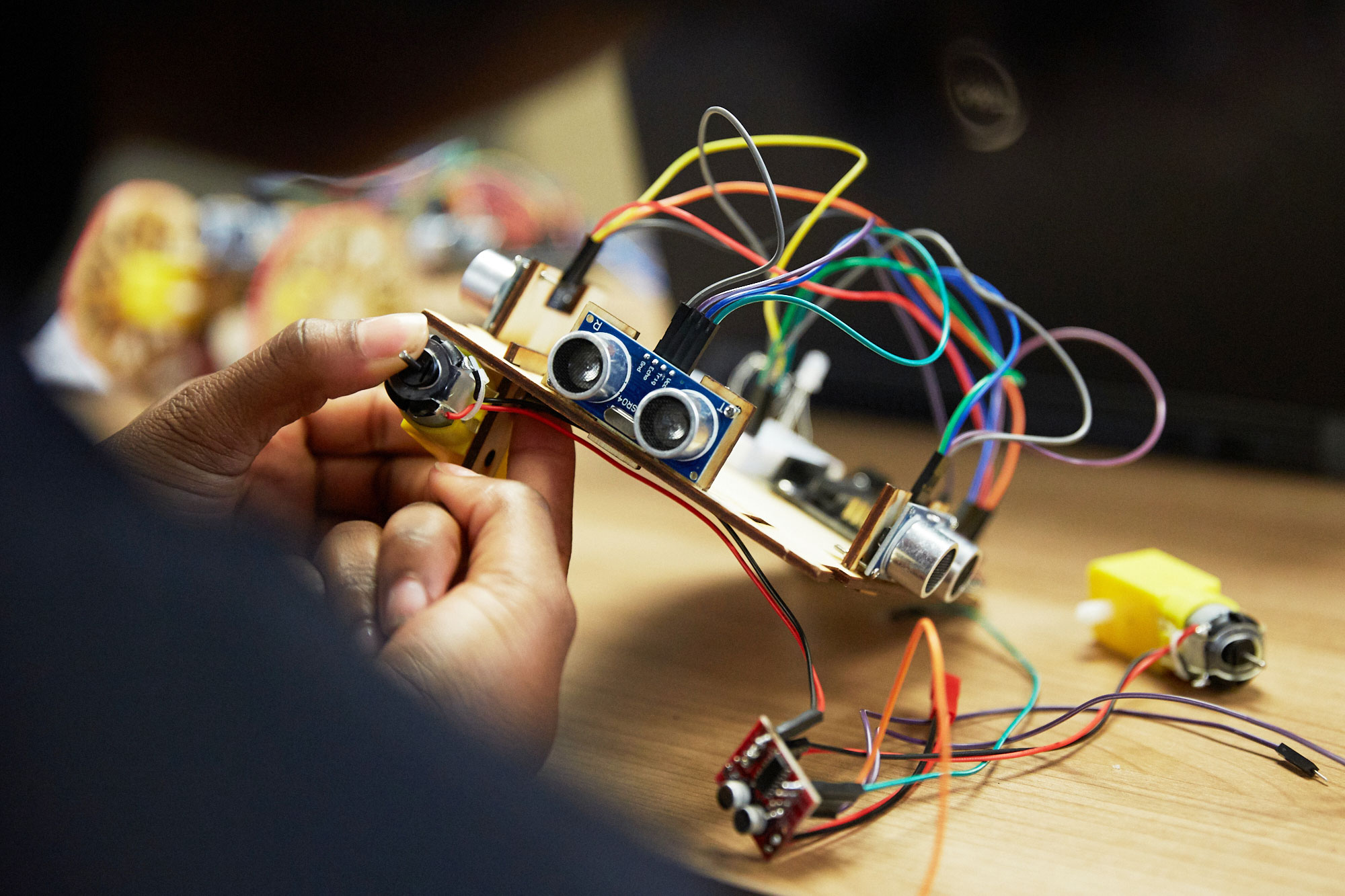
Caring, trusting relationships
Latitude takes a unique approach to building relationships with students and their families. Before students enter the classroom, the school conducts home visits to establish strong connections between students, educators, and families. All stakeholders co-create an education plan for each student—including personal growth goals that align with the student’s interests and aspirations. By involving families in the education process, Latitude ensures that students feel a sense of belonging and receive support in their academic and personal growth. In the advisory program, students build social and emotional skills, including self-awareness, emotional intelligence, interpersonal skills, and time management. All students are part of a cohort with the same small group of peers throughout their four-year experience at Latitude—creating a close-knit community where students support each other while building lifelong relationships.
Youth voice and choice
Students determine their learning goals and ambitions. Teachers join students and their families to discuss learning plans to ensure student voice is the center of the school’s design. Latitude advisors survey their students to see which career areas interest them most for real-world learning experiences. These experiences become more tailored as students get older. By the spring of 2022, school leaders had forged formal partnerships with 16 Oakland organizations, ranging from the University of California Department of Paleontology to California Airways, a flight training school. “We began building a bank of community partners from year one, well before we launched the internship program,” explained Principal Lillian Hsu. “Then, for students with interests outside of those partners, we harvest leads and opportunities from our networks throughout the community.” For example, at the end of the 2022-23 academic year, Latitude surveyed sophomores to learn how to support those who see themselves as entrepreneurs during their upcoming junior year.
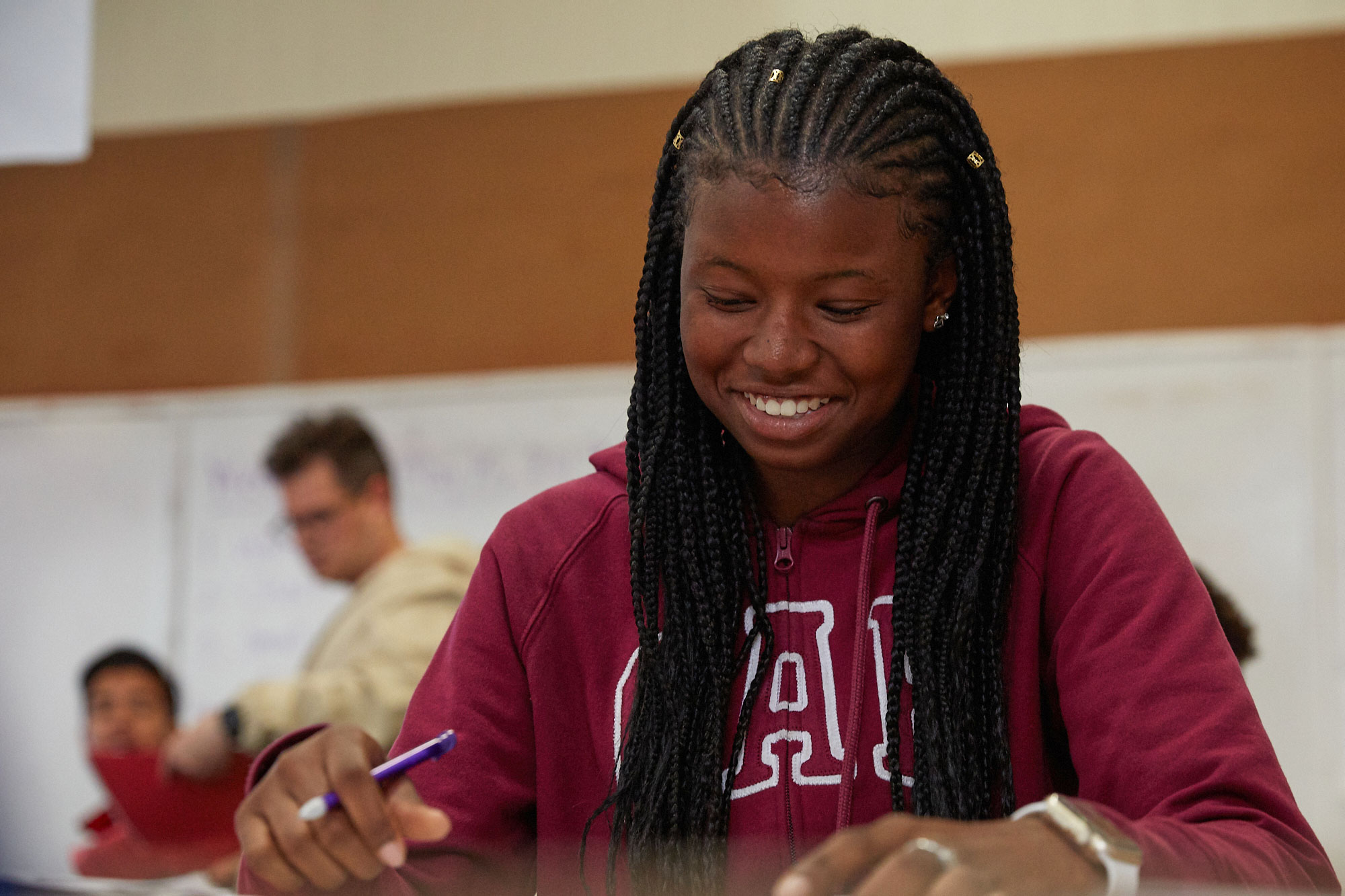
Smart use of time, space, and tech
Students at Latitude learn how subjects connect in school and beyond through their cross-curricular studios. Students use inquiry, research, critical thinking, communication, and creativity to learn from their teachers and community members about how their studies show up in the real world. As students progress through their high school careers, they gradually take on more ELOs as the opportunities for month-long internships become more available in their junior and senior years.
Community partnerships
Latitude considers the entire city of Oakland and the greater Bay Area as its classroom. Students may meet with strategists at Apple, sustainable development professionals at Fair Trade USA, software engineers at YouTube, and Oakland small business owners. Designed for students to see different futures for themselves, these partnerships provide students with deeper learning experiences. Latitude educators and leaders created a community-based learning project in the school’s opening year—Oakland Changemakers. For that project, 9th graders identified 15 social entrepreneurs who were making a big impact in the surrounding community—including Pastor Curtis Fleming, founder of Dignity Housing West, and Xiomara Castro and Daniel Zarazua, founders of Pochino Press. Class of 2022 graduate Alberto, now studying Business and Finance at Howard University in Washington, DC, said before the project, he thought of changemakers as famous people. “But I started learning that you can make change in the world and impact your community in very different ways,” he said.
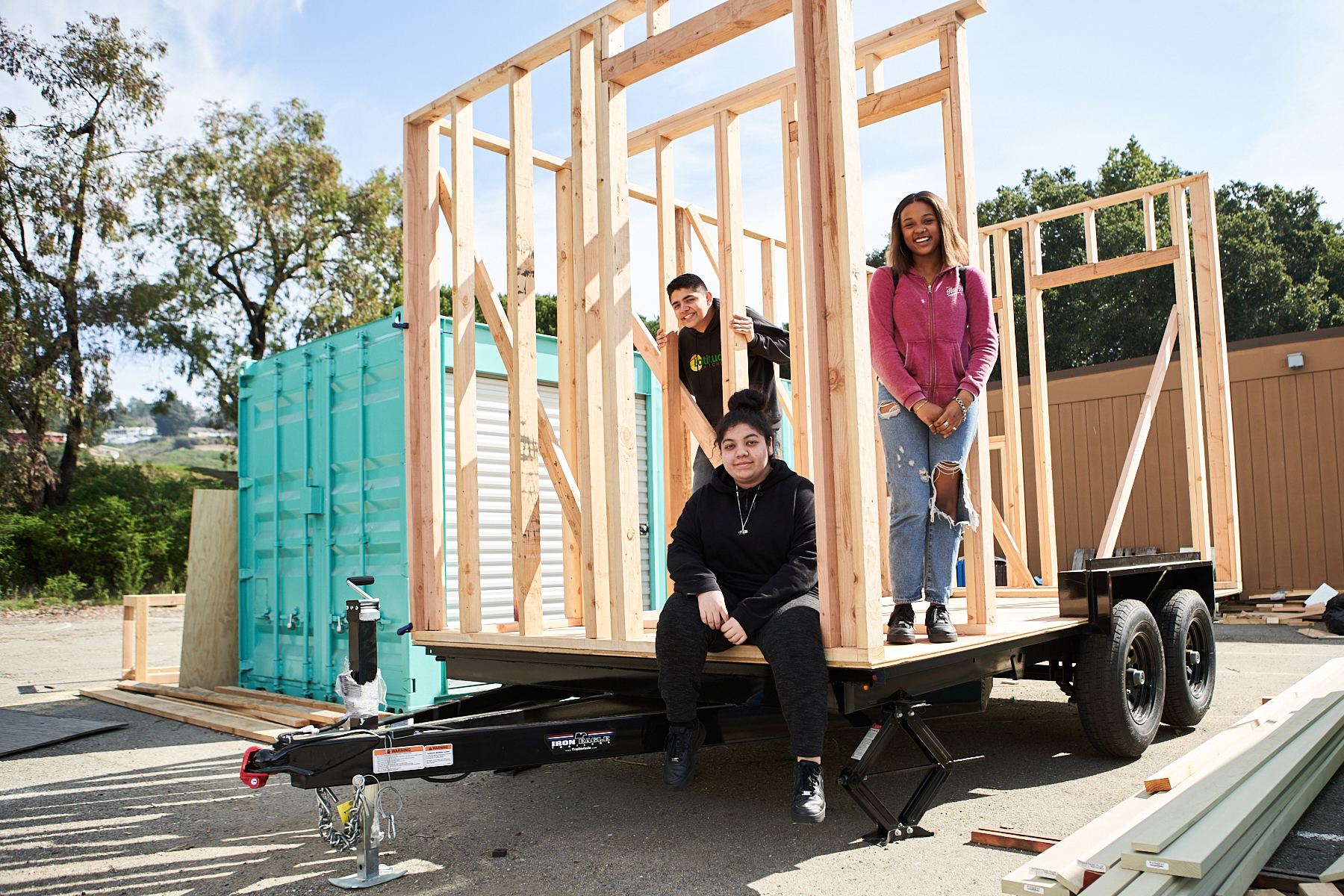
Student Outcomes
Latitude’s Class of 2022 had an 88 percent graduation rate compared with 79 percent for the Oakland Unified School District and 87 percent statewide. They also had a strong rate of completing all “A-G” courses necessary to be eligible for admission to California’s four-year public universities, far exceeding 2022 rates in the Oakland Unified School District and statewide (81 versus 51 and 45 percent).
In XQ’s 2022 Senior Survey, nine in ten Latitude graduates reported feeling at least somewhat prepared for the future (92 percent), with three-quarters of those students citing collaborative skills as a key strength they developed at Latitude that will serve them well as adults. And even with the disruptions of COVID and remote schooling, 44 percent completed outside internships.
Learn More
See Latitude High- Oakland students, local businesses pair up for graphic design needs
- 10 Cool & Powerful Ways to Inspire Teens to Self-Start, Learn in the Real World
- After I Got Shot, My School Did Nothing to Save Me From Failure. I’m Fixing That
- Back to School: 6 Tips From Students on How to Make High School Relevant
- At This Innovative High School, Students Graduate With the Skills (and Network) to Take Them Wherever They Want to Go
- Oaklore: A Student Podcast From Latitude High About Changing Making In Oakland
- How Schools Can Engage Community Partners
- Latitude High Students Bring Their Inventions to LightHouse!
